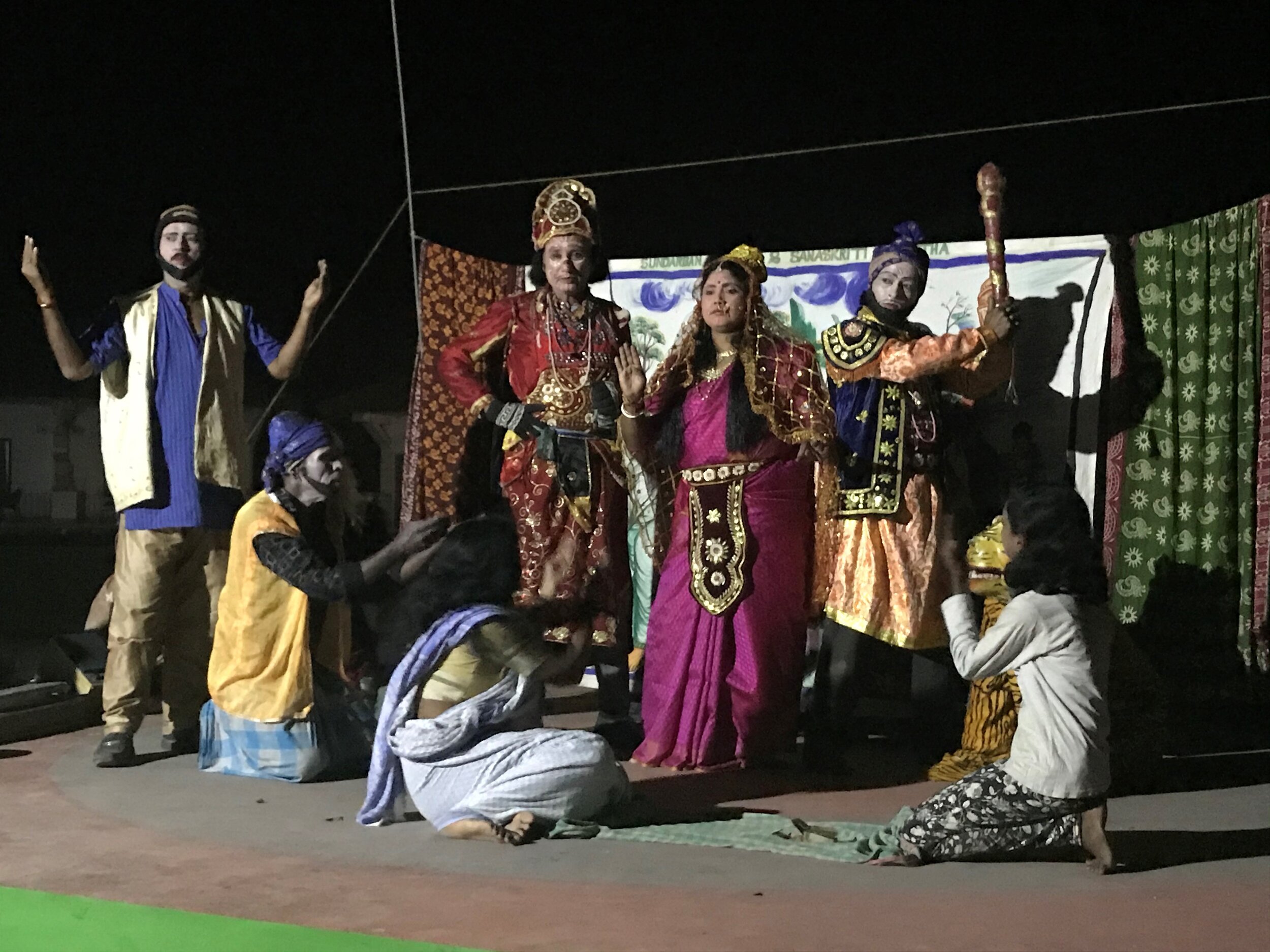Creating a Buzz
Author: Niki Black
What is it with bees that they catch people’s imagination? We love their honey, marvel at their social organisation and revere them for their role in pollinating so many of the foods on which we depend. And here am I, writing my first Living Delta’s blog entry from the Creative Representations subgroup in WP1 and talking about bees! How has this come about and what have these incredible little insects got to do with the culture of the deltas and their long-term sustainability?
It's approaching a year since I joined the Living Deltas Hub, gathering data on a diverse range of cultural forms and practices embedded in the delta environments, and valued in many different ways by their practitioners, audiences and consumers. They include intangible performances, rituals, music and ceremonies, and tangible artefacts as diverse as woven silks, agricultural tools, local speciality food and traditional buildings. In searching for significant cultural practices, bees kept appearing – in papers investigating indigenous knowledge, religious values, microbusiness and invasive species; in films and photography; in cultural heritage and innovative contemporary artworks. We learnt how honey gatherers in the Sundarbans combine religious affiliations to celebrate the goddess Bonbibi, protector of forest people, and about the plays and performances put on in her honour. We noted the importance of honey in traditional medicines, particularly amongst lower income delta dwellers and certain ethnic communities and the use of wax in creating beautiful batik fabrics. We observed the impact of non-indigenous bee species and large commercial apiculture on the livelihoods of small-scale beekeepers and the varied success of encouraging women and young people to establish themselves in this industry.
As a beekeeper in the UK, I confess to always having my eye open for things ‘apicultural’ and these bees kept flying into my bonnet, so to speak! Bees have had a ‘good press’ of late, highlighting their importance as pollinators and the role they play in environmental resilience and sustainability in the face of climate change and anthropogenic activity. Bees make an impact on sustainability at multiple levels - cultural, social, economic and, intrinsically, environmental sustainability. What’s more, apiculture speaks to our need to investigate the role of culture in the agency and future choices of people in the deltas, and our desire to understand changes in these practices including the impact of tourism, migration or multilevel policies. And another wonderful element, bees create a ‘buzz’ across the hub, amongst my colleagues monitoring mangroves, planning community science, engaging with elders or working with young entrepreneurs.
The challenge now is how to investigate this huge sphere of delta culture and creativity, to share the values of these practices with colleagues and interweave cultural significance with the multiple data emerging across all WPs towards the shared goal of sustainable deltas. Returning to the bees, it may be pertinent to consider the Hub as a ‘Hive’ or ‘colony’, “an exemplar of a community whose members work together to achieve shared goals” (Seeley 2010), where we store diverse data from our ‘forages’ in the field to fuel our outputs and where our success relies on our ability to communicate and collaborate on our multiple sources. Here’s to the buzz in the Living Delta’s Hive!
Ref: Seeley, T. (2010) ‘Honeybee Democracy’. Oxford: Princeton University Press

